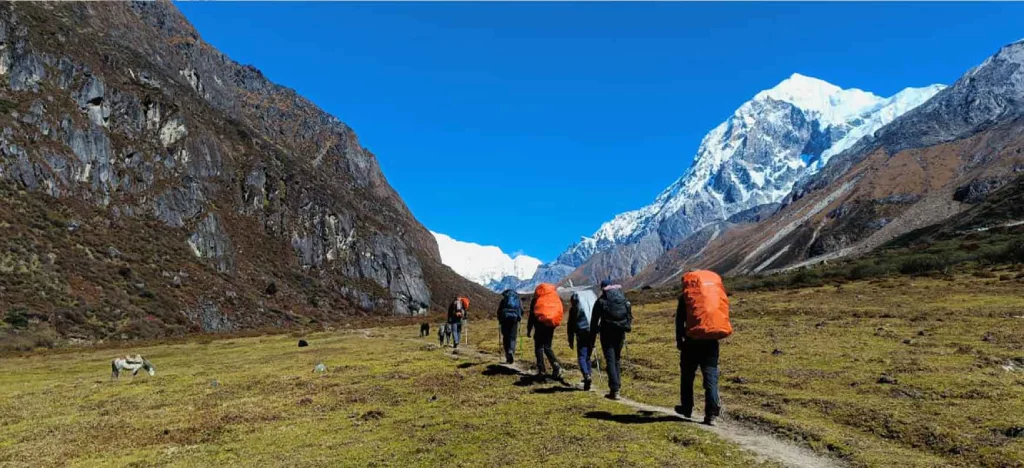Introduction
If you’re a UK traveller considering trekking in the Himalayas, sustainability should be part of your planning from the start. The Himalayas are not only home to some of the world’s most challenging and beautiful trekking routes, but also to fragile ecosystems and remote communities. As experienced tour operators, we’ve seen first-hand how responsible travel choices can make a long-term positive impact. This guide will help you understand how to trek responsibly while making the most of your adventure.
Why Sustainable Trekking Matters
The Himalayas are under pressure from climate change, over-tourism, and waste. Popular routes in Nepal, Ladakh, and Bhutan are seeing more footfall each year, and without sustainable practices, trails, villages, and water sources suffer. Choosing the right approach now helps preserve these routes for the next generation of trekkers.
1. Choosing the Right Tour Operators
Not all trekking companies follow sustainable practices. When researching tour operators UK travellers often book with, look for:
- Small group sizes – minimises strain on local resources.
- Fair wages and treatment for local guides and porters.
- Commitment to Leave No Trace principles (managing waste, eco-friendly camps).
- Cultural respect – working closely with villages and monasteries.
👉 At High Places, our trips to SriLanka, Ladakh, Nepal, and Bhutan are designed with sustainability in mind, from waste management on treks to supporting local guesthouses and homestays.
2. Packing for Low Impact
UK travellers often overpack, which adds unnecessary strain on porters or yaks. Essentials for sustainable trekking include:
- A reusable water bottle with filtration (to avoid single-use plastics).
- Biodegradable toiletries.
- Lightweight gear to reduce carried loads.
- Solar power banks instead of disposable batteries.
Reducing waste on the trail makes a noticeable difference, especially in high-altitude regions where disposal facilities are limited.
3. Acclimatisation and Health
Travelling responsibly also means respecting your body and the environment. Rapid ascent increases the risk of altitude sickness and strains local rescue resources. Work with experienced tour operators who design itineraries with gradual acclimatisation. For example, our Ladakh treks allow several days at moderate altitude before moving higher.
4. Supporting Local Communities
Tourism is a major source of income for Himalayan villages. Sustainable trekking means:
- Staying in local lodges or homestays when possible.
- Buying local produce instead of imported goods.
- Respecting cultural norms in monasteries and villages.
- Tipping fairly to ensure guides and porters benefit from your visit.
When booking with tour operators UK travellers trust, check how much of your trip cost supports the local economy.
5. Choosing the Right Season
Timing your trek is key. Travelling during overcrowded seasons adds strain on water, food, and trails. For instance:
- Nepal: Pre-monsoon (March–May) or post-monsoon (Sept–Nov) offer good conditions.
- Ladakh: Summer months (July–Sept) are ideal, but plan carefully for altitude.
- Bhutan: Spring and autumn offer clear skies and cultural festivals.
6. Long-Term Impact – Travelling with Purpose
Responsible trekking isn’t only about reducing waste; it’s about leaving a positive footprint. Joining trips run by sustainable tour operators helps fund conservation projects, education initiatives, and local infrastructure.
Final Thoughts
For UK travellers, trekking in the Himalayas is a life-changing experience. By choosing sustainable practices and working with the right tour operators UK adventurers rely on, you ensure these regions remain as inspiring for future generations as they are today.

